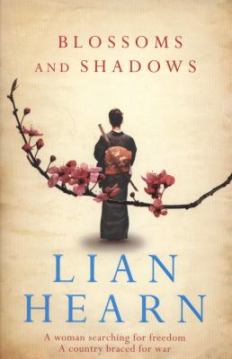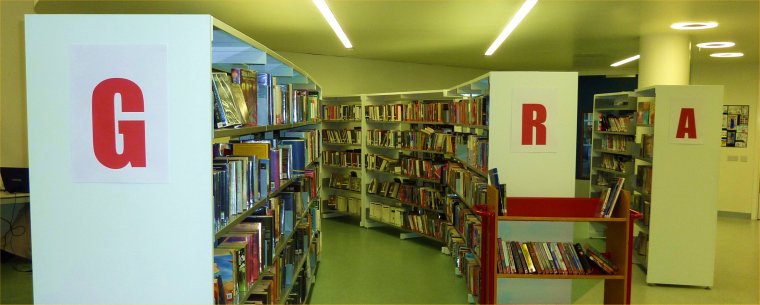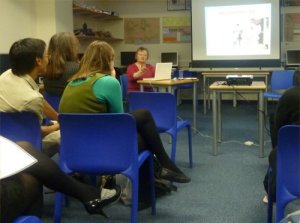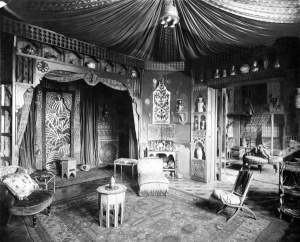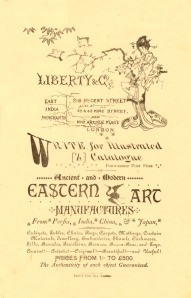 It is with a heavy heart that I turn to my keyboard to note the passing on 31 March of the actor who for many devotees of Sherlock Holmes, was Sherlock Holmes – Douglas Wilmer.
It is with a heavy heart that I turn to my keyboard to note the passing on 31 March of the actor who for many devotees of Sherlock Holmes, was Sherlock Holmes – Douglas Wilmer.
Wilmer portrayed Holmes on BBC television in 1964-65, with staunch support from Nigel Stock as Dr Watson.
While not so well known these days, Wilmer was a great character actor who featured in a number of very well-known films. Remember King Pelias in Ray Harryhausen’s Jason and the Argonauts? Or Moutamin in El Cid? Or Khalifa Abdullah in Khartoum? Or Major General Francis de Guingandin in Paton? Or, back with Ray Harryhausen again, the Vizier in The Golden Voyage of Sinbad?
As the Police Commissioner in The Revenge of the Pink Panther he even had to deal with Insp. Clouseau and with Fu Manchu when he portrayed Nayland Smith in the “Fu Manchu” series of films.
He appeared in numerous televisions plays and series over the years, including The Avengers and The Saint. Despite having retired from acting many years ago, he most recently appeared in a notable cameo role in Sherlock – as the old gentleman in The Diogenes Club who is horrified that Watson dares to speak in the club!
Born in 1920, Wilmer was educated at King’s School Canterbury and at the alma mater of Sir Arthur Conan Doyle, Stonyhurst. He went on to study at RADA, interrupting this to serve in West Africa during the War. Wilmer wrote his autobiography a few years ago, giving some fascinating insights into his career, Stage Whispers.
Everyone has their own favourite television Sherlock Holmes – you can read up on most of them in the Sherlock Holmes Collection:
On a happier note, the Sherlock Holmes Collection was honoured in late May by a visit from the star of a current television Sherlock Holmes series. No – not Benedict Cumberbatch – the puppet 15 year old schoolboy Holmes from the Japanese NHK (Japan Broadcasting Corporation) series, which is sadly not yet commercially available in English. Written by Kōki Mitani, Holmes and Watson meet as boys at Beeton School, a school where James Moriarty is the deputy headmaster and Mrs Hudson is the housemother! Holmes was accompanied by Mr Bunta Inoue, the creator of the puppets, and his assistant and cameraman. Holmes spent some time looking at treasures from the Collection and discussing our 1951 Festival of Britain website.
[Catherine]
Irregular Observations is an occasional series of musings from the Sherlock Holmes Collection in Westminster Libraries. The Collection started life in 1951 and is now one of the most comprehensive in the world. If you enjoy Sherlock Holmes and want to learn more, have a look at our website or get in touch.


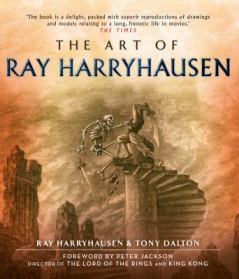







 After a short break and a “performer” changeover, soprano Jessie Tse and pianist Jiyeon Kim took centre stage.
After a short break and a “performer” changeover, soprano Jessie Tse and pianist Jiyeon Kim took centre stage.



